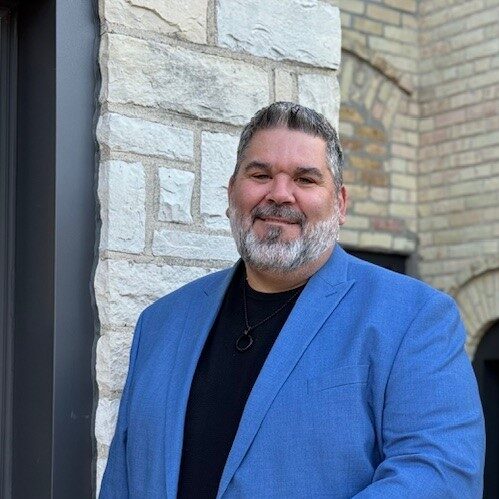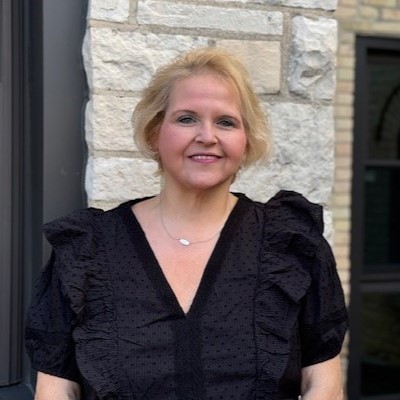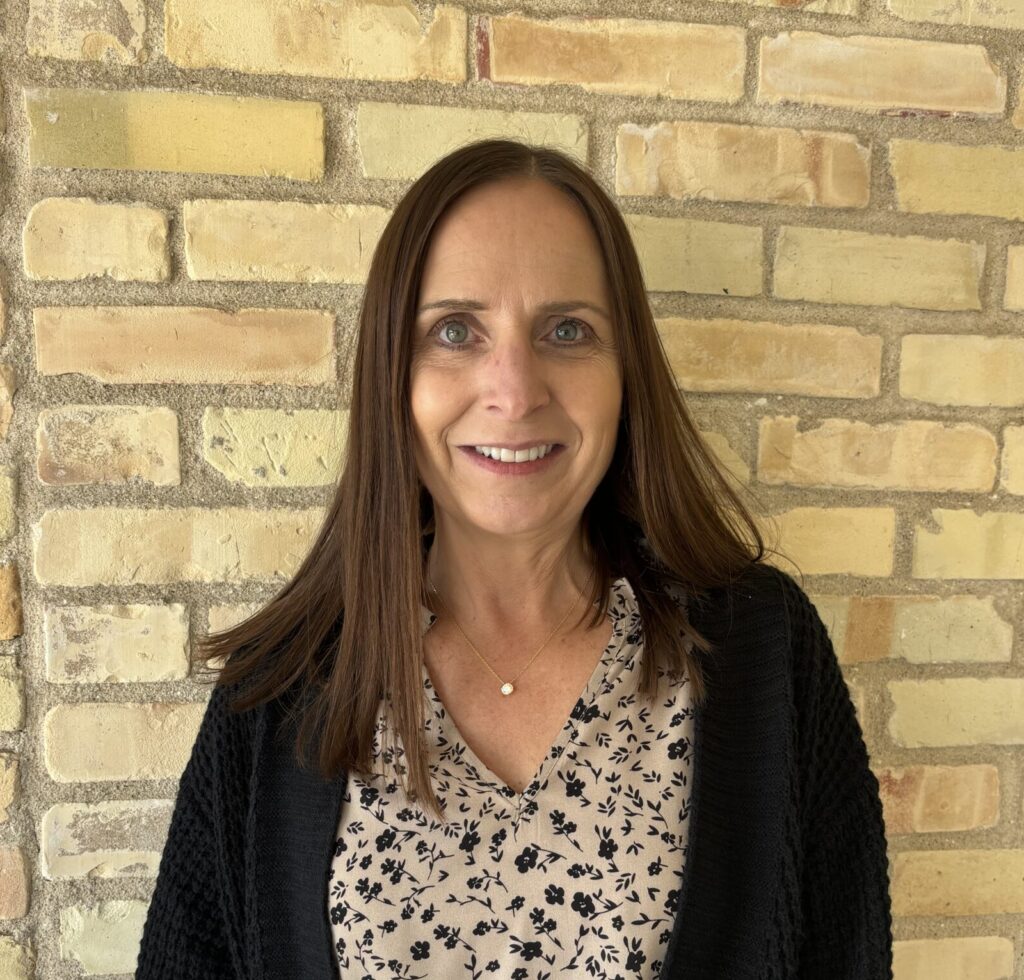You can have the greatest product in the world. But if your customers can’t afford to pay you for it, you’re stuck.
Yes, people need to do home repairs and home improvement projects. These typically cost thousands and sometimes tens of thousands of dollars.
At the same time, the average consumer would have trouble writing a $1,000 check without having to borrow money. According to a recent survey from Bankrate.com, only four in ten Americans could cover a $1,000 emergency.
Contractors, water purification system distributors, medical professionals, mechanics, and anyone else who sells higher-ticket items have two choices:
- Walk away from the majority of potential customers, or
- Find a way to close the affordability gap.
The simplest thing to do is to discount. Offer a lower price. But that only goes so far. Especially when you're selling a $5,000 project. Maybe you can discount it down to $4,500, sometimes. But even that, still only helps a few people. You’ve still excluded a vast spectrum of your potential customer base.
Unless you have a specific reason, or you’re getting something of value in return, discounting at the outset is usually a bad idea.
There’s a better way: Expand your customers’ buying power, so that your customer with just $800 in ready cash can quickly and easily afford your $5,000, $15,000, or even $50,000 ticket size.
They may not have much savings. But they may have plenty of income - or a way to raise the money in the future - and that’s enough for you to do business.
There are multiple ways to make it easier for customers to purchase your product or service. Here are several proven techniques:
1. Layaway
Retailers have found that layaway programs are effective at turning walkaways into sales and building customer loyalty - without having to discount.
Tell the customer you can reserve the item at today’s price if they just put down 10 or 20 percent, and bring in the rest within 90 days.
That’s much better than discounting. You get a chunk of your eventual profit upfront. And occasionally, a customer doesn’t come back, essentially forfeiting their deposit. Of course, you’d rather sell it to the original happy customer.
Tip: If operating margins are narrow and operating cash is a concern, set your minimum deposit equal to your expected profit margin. That way, your layaway program over time will still generate enough revenue to sustain you while you wait for your layaway customers to come back to pick up their items.
If they do, great! If they don’t, you wind up keeping their deposit and selling the item anyway, giving you ‘two bites at the apple,’ as it were.
2. Offer ‘90-Days-Same-as-Cash’
The 90-days-same-as-cash offer - sometimes called interest-free financing is another proven sales generator. Lots of people have a short-term cash crunch that makes it impossible to buy immediately but are very comfortable about their ability to pay for it at some point within the next three months.
Some businesses will ‘tote-the-note’ themselves, relying on the customer’s word - especially on smaller items.
Credit cards will also provide the customer up to 4 to 6 weeks of interest-free financing, as long as they pay the balance before the due date. And dozens of “buy now pay later (BNPL) companies are entering the market, using artificial intelligence technology to underwrite their loans and help customers spread payments over several weeks or months.
Most contractors don’t want to finance large tickets themselves. They don’t want to be out the cash flow that long, and they don’t want to have to administer a collections department. So they partner with a finance company that will take over that function for them.
The 90-day term isn’t set in stone. You’re free to work with your finance partner to design an interest-free period that makes sense for you and your customers.
The customer doesn’t pay any interest if they make their payments on time during that period. Instead, the seller receives a discounted payment from the finance company.
Example: You offer 90-day interest-free financing to the customer for a $5,000 project. You receive payment of, say, $4,750. The customer pays the finance company back the full amount over the next 90 days.
The longer the term, the deeper the discounted payment will be to you, the seller. Also, this discount will typically vary with interest rates. When prevailing interest rates rise, you’ll receive a lower payment on the same amount of money. When interest rates fall, you’ll receive a higher payment for the same loan and terms.
3. Deposit-Plus-Milestones
Many contractors don’t get the full amount upfront. Instead, they’ll just get a deposit sufficient to cover ordering materials, pulling permits, getting insurance or buying a completion bond, and labor costs for the first week or two of work.
That way, the contractor has cash in hand to get the project started. The customer can enter the contract now, without having to have the full amount on hand.
The customer pays the contractor when certain agreed-upon milestones are reached, with the final payment on completion of the project.
A good contract manager can design a contract and series of payments so that the contracting firm is not actually out significant cash flow at any given time. Each payment is sufficient to cover all the contractors’ out-of-pocket expenses for the stage of work.
This system works well for more complex projects with reliable counterparties. It also avoids financing expenses for you and your customer.
However, the contractor does take on some risk: The risk that the customer will elect not to complete the project.
By using a third-party lender to finance the transaction, you as the contractor can get paid upfront. If the customer wants to back out of the contract, you aren’t at risk.
4. Use Consumer Financing
Credit cards can be convenient. But they typically have high interest and very low limits for most people. Your customers may be able to get a loan from a bank or credit union. But these traditional lenders typically have strict credit requirements, will demand collateral (e.g., a home equity loan), or both.
Using a non-bank lender consumer finance company is a proven way for contractors to turn prospects into customers - without giving up control to banks, who are notorious for turning down all but stronger credit types, and who may not have financing solutions tailored for your particular industry.
That way, you can close the affordability gap, create a happy customer who can now enjoy the benefits of your products and services.
Meanwhile, you get paid the full price of the project upfront - instantly. The Time Investment Company releases funds immediately when an approved customer confirms the sale. So you never have to wait on a check in the mail.
What’s more, when you make financing available and bring it up early in the sales interview, many times you are discussing a bigger ticket size right from the beginning.
When you bridge the affordability gap, lots of things become possible that weren’t possible before.
It’s a good idea to have multiple ways to help increase your customers’ buying power. But in most instances, for people with less-than-perfect credit and who aren’t well-served by traditional lenders, partnering with a consumer financing company that specializes in their industry is the most efficient and the most powerful.
Improve your customers’ buying power today! Partner with the Time Investment Company to provide easy, affordable financing that helps you close sales and grow your business.
You have the customers. We have money to lend, and we’re looking to lend more. Simply fill out our brief vendor information form, and we’ll contact you shortly to see if we should be working together.































